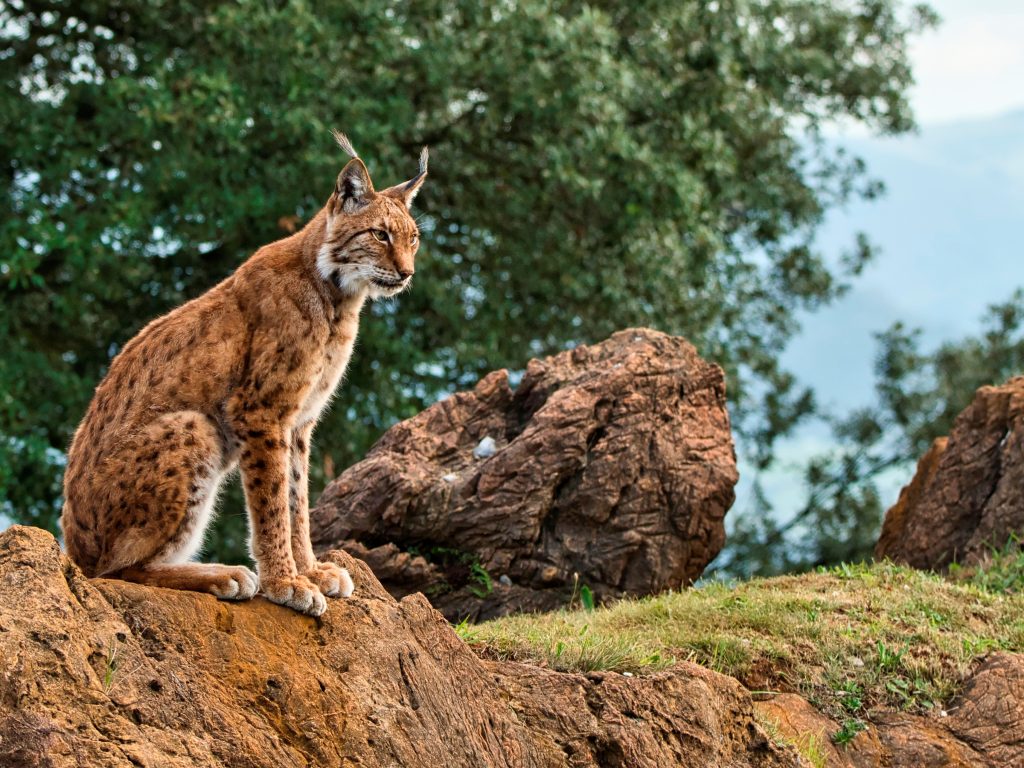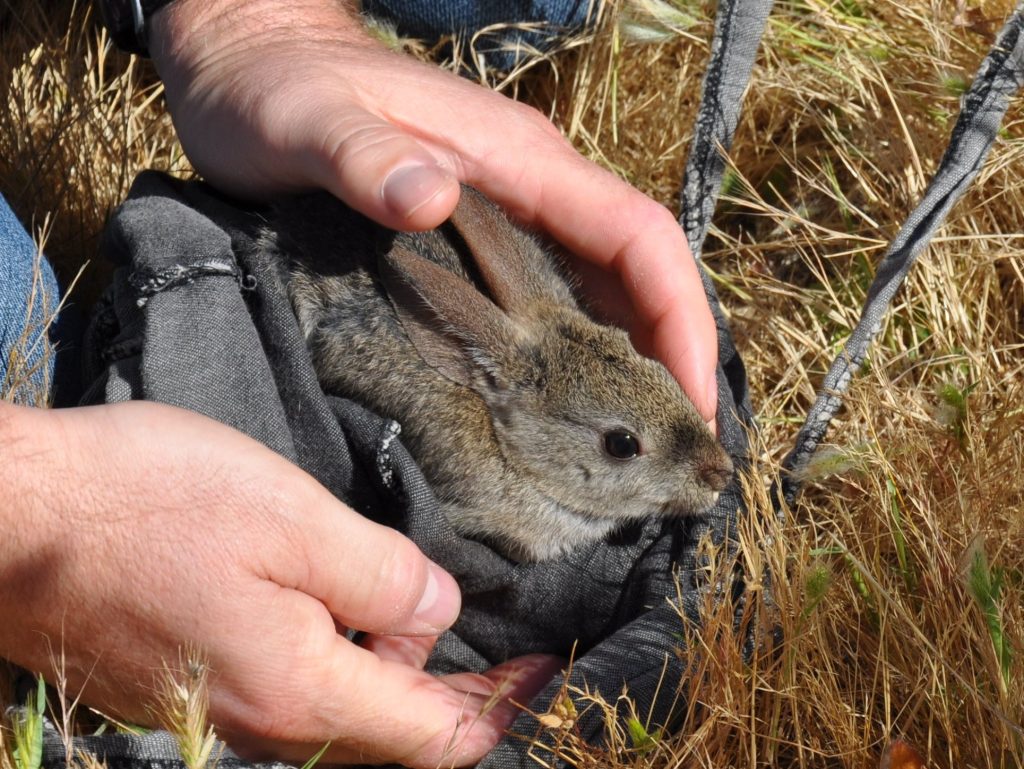Ecological Impacts
After RHDV2 was first detected in Europe in 2010, the disease led to widespread declines in wild rabbits. Wild rabbits and hares are an important food source for many wildlife species, including birds of prey. In Europe, this loss of wild rabbits led to a decline in rabbit-predators including the endangered Iberian lynx and Spanish Imperial eagle.

Given the widespread distribution of wild rabbits and hares in North America, it is possible that a significant loss of rabbits will also negatively impact our native wildlife (e.g., lynx, hawks, and eagles) and natural food webs.
In addition, a loss of wild rabbits may lead to less healthy ecosystems because rabbits provide an important avenue for seed dispersal of native plants.

RHDV2 may also jeopardize ongoing conservation efforts that are focused on some of our most imperiled species like the New England Cottontail (Sylvilagus transitionalis) and the riparian brush rabbit (Sylvilagus bachmani riparius). The first case of RHDV2 was confirmed in the riparian brush rabbit in May 2022.

Click HERE for information on the social and ecological impacts of RHDV2.